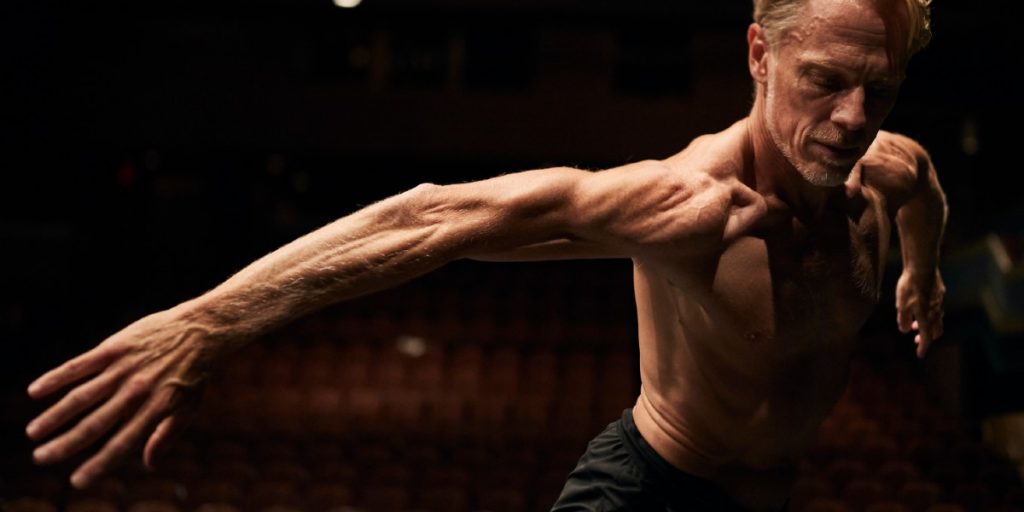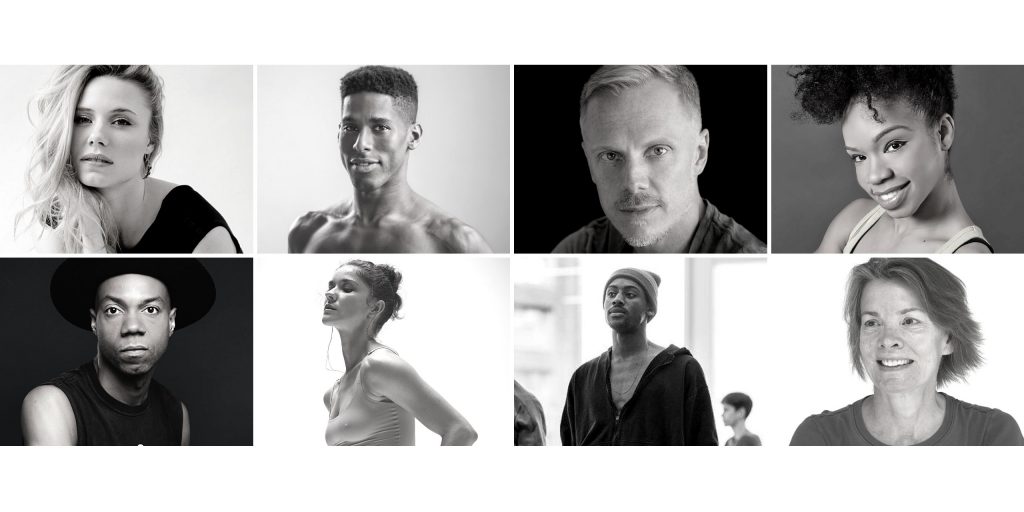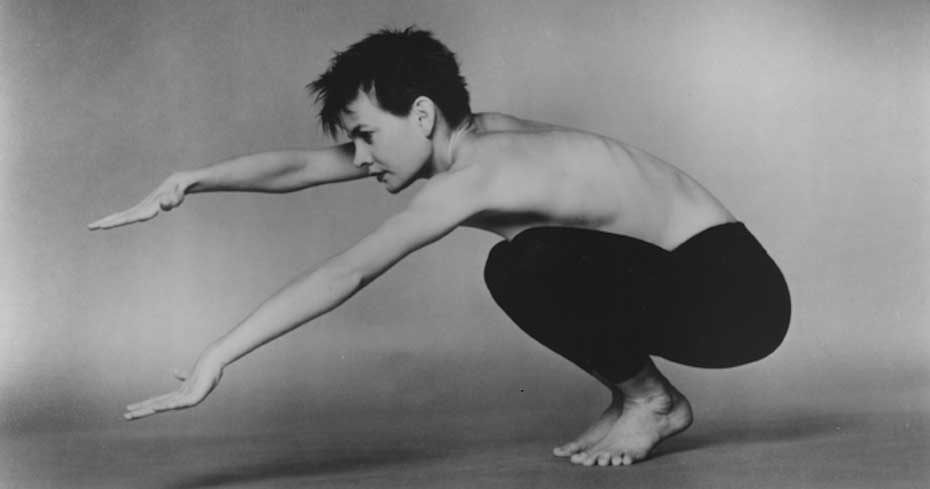
Stravinsky’s timeless masterpiece, Rites of Spring, opens softly as if it were just waking. It’s a short-lived calm, soon consumed with a whirling swirl of complexity, beauty and power. That intricacy and duality may be reasons why choreographer Molissa Fenley chose it as the musical framework supporting her groundbreaking composition, State of Darkness, choreographed in 1988. A contemporary solo dance that demands complete immersion of anyone who chooses to perform it, State of Darkness is as much a challenge as it is a dance.
Denied of their standard means of artistic expression as well as of their chief sources of income, the shutdown of the world has caused many in the arts to consider alternatives that will allow them to both perform before an audience and earn revenue. New York’s Joyce Theater, a well-regarded dance venue in Chelsea, thought of Fenley and her triumph, State of Darkness, as a possible opportunity. In April, it’s producer, Ross LeClair, contacted Fenley on the west coast and asked if she’d consider developing a performance of the dance in conjunction with The Joyce that would be Covid compliant and designed to be presented live for remote viewing. Fenley accepted without hesitation and the result of their joint venture ends its extended online run January 10th.

The construct was both simple and a little unusual. Seven dancers were chosen to perform the piece. Each would dance the piece as intended, as a solo. Online audiences would then select which dancer that like to see do the performance for a $12 charge. Admittedly, once you’ve seen one person dance State of Darkness, you will feel compelled to see how another dancer brings their own spirit to the same movements. Each of the dancers chosen represent the pinnacle of dance expertise. Fenley had only two requirements of them however. That they be an “incredible technician and a nice person”.
One of them was Michael Trosnovec, whose skills as a stunning technician were never in doubt during his performance of the 35-minute dance. In an interview with Carrie Diamond at The Dance Hub in Santa Barbara, Fenley commented extensively on the demands State of Darkness exacts from a dancer. She also confided that the dance gives as much as it takes. Only one of her assertions could be comprehended watching Mr. Trosnovec’s meticulous perfection as he grafted himself so completely to the drama and ecstasy of Stravinsky’s score. Every gesture, sometimes it seemed every breath, was scrupulously aligned to the choreography; mandating a level of concentration many of us would find unbearable or unsustainable. The aesthetic reward however is one of astounding beauty.

Sometimes we underestimate the level of detail that goes into creating masterworks. There are likely hundreds of recordings of Stravinsky’s celebrated score. Both Fenley and it’s said Stravinsky himself, have a preferred liking of the Detroit Symphony Orchestra’s reading under the baton of Antal Dorati. It is the version that gives the music the a more robust richness and the depth of bottom free canyons and the recording that frames these performances.
Lighting, costume and staging all are minutely considered with simplicity ruling the day. With something so focused, any superfluous artifice was understandably jettisoned. Costume, black tights only. Lighting captures only the dancer. The rest of stage becomes a blanket of benignly brooding shadows; reinforcing and emphasizing the dancer’s solitary journey. Nothing about the dance feels lonely or dark. Both the music and the movement are too strong for that. Instead you watch a body moving in self-discovery toward an undefined victory.

Although the Joyce performances will be ending soon, it’s possible to see Fenley dancing State of Darkness herself as seen 33 years ago when she originally created it: https://dancehubsb.org/state-of-darkness/ .
State of Darkness
The Joyce Theater
On Demand
Through January 10, 2021